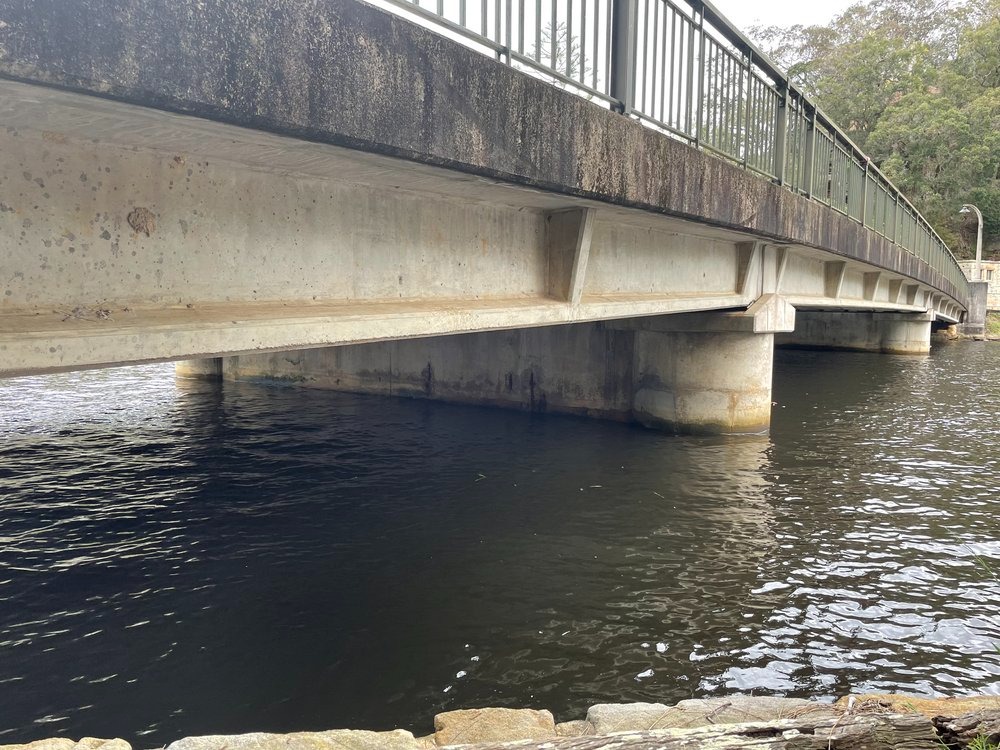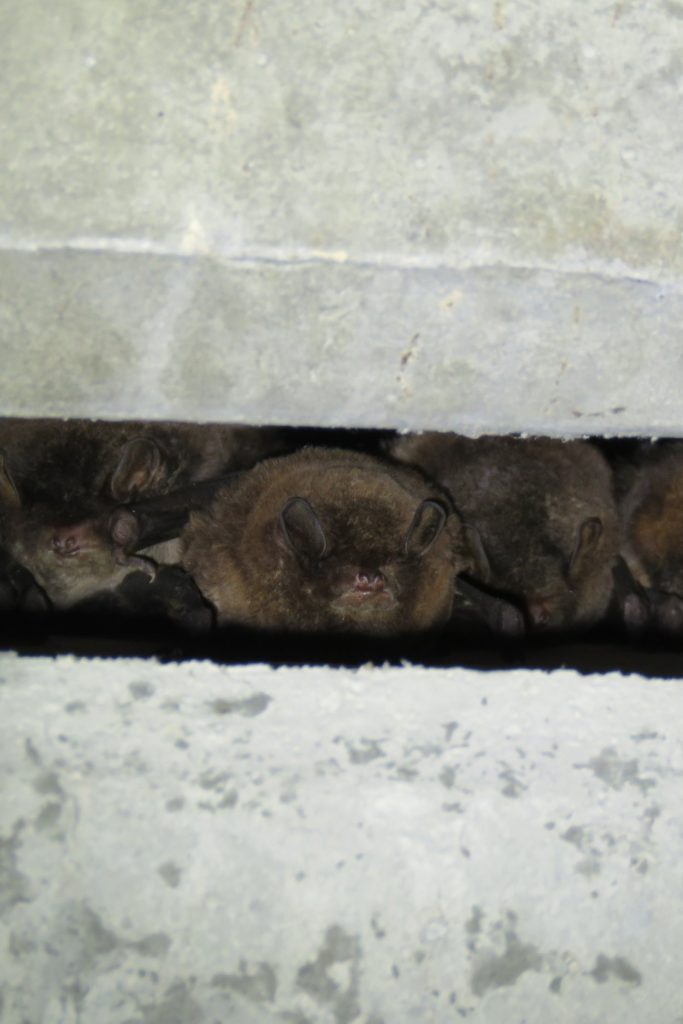
Microbat Management Plan
Microbat Management Plan in New South Wales (NSW) is a document that outlines how to identify, protect, and manage microbats (small insectivorous bats) and their habitats—especially in the context of development, vegetation clearing, or infrastructure projects.
What is a Microbat?
Microbats are tiny, insect-eating bats (mostly less than 10 cm long) that use echolocation to navigate and hunt. Many species:
- Roost in tree hollows, under bark, in caves, or even in old buildings
- Are nocturnal and sensitive to disturbance
- Are threatened or protected under NSW and Commonwealth law

What is a Microbat Management Plan (MMP)?
A MMP is a document that outlines strategies and actions to be taken to protect and manage microbats, particularly those that are threatened or at risk of being affect by human activities.
These plans are essential for ensuring that microbats are not harmed or displaced from their natural habitats which can be crucial for their survival and conservation.
Why Might You Need One in NSW?
You might need a Microbat Management Plan if:
- Your project involves removal of mature trees, particularly those with hollows or shedding bark
- You’re modifying or demolishing structures like bridges, tunnels, culverts, or old buildings—potential microbat roosts
- You’re working in or near known microbat habitat
- An ecological assessment or Biodiversity Development Assessment Report (BDAR) identifies potential or actual microbat presence
- You want to comply with:
- NSW Biodiversity Conservation Act 2016
- Commonwealth Environment Protection and Biodiversity Conservation (EPBC) Act 1999
- Local planning approvals or construction environmental management plans (CEMPs)
Legal and Environmental Importance
Many microbat species in NSW are listed as threatened, including:
- Eastern Freetail Bat (Mormopterus norfolkensis)
- Southern Myotis (Myotis macropus)
- Large-footed Myotis
- Greater Broad-nosed Bat
Disturbing or destroying their habitat without proper assessment or mitigation can lead to:
- Legal penalties
- Project delays
- Reputational risk
What Does a Microbat Management Plan Include?
Project overview, legal context, objectives.
Description of local microbat species, habitat types.
Evidence of roosting/foraging sites, timing of surveys.
How the project may affect microbats or their habitat.
Tree hollow inspections, staged tree felling, fauna spotters.
Details on type, number, and location of bat boxes.
Post-construction surveys or adaptive management.
Who’s responsible for each action or decision.
Common Mitigation Actions
- Pre-clearing surveys by ecologists
- Spotter-catcher present during tree removal
- Staged tree felling (e.g. girdling before felling to encourage bats to leave)
- Roost box installation to provide alternative shelter
- Timing works outside breeding seasons
- Relocation or soft-release (if bats are found)

